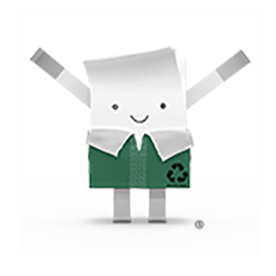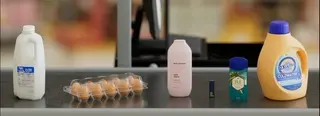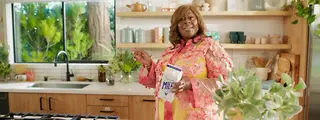
One trait all papertarians have in common is a deep love of forests. Whether we show it by camping among the trees or just gazing at them through our windows, we want to take care of them.
And that’s exactly what papertarians do. Every time you reach for paper packaging at the drugstore, you’re contributing to cleaner water and air. Every time you buy a paper day planner instead of just doing everything digitally, you’re helping build more robust wildlife habitats. And every time you use paper food containers for leftovers, you’re supporting the kind of replanting that sees the forestry industry grow nearly twice the tree volume that it harvests every year.
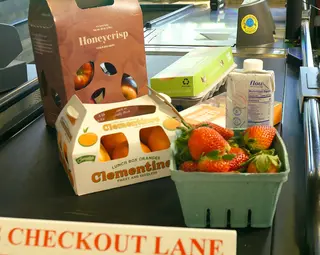
That’s all because paper is one of the few truly sustainable materials in the United States.
Most paper is made from the wood pulp found in trees. Paper producers work with private landowners to continually source, plant and grow trees—a big reason why there are 20% more trees in the United States today than there were in 1970.
That creates a direct connection between your choices, private landowners and a healthier planet. When there’s a continual demand for paper and paper-based packaging—from notebooks to print magazines and milk cartons—those landowners have a strong incentive to keep doing what they’re doing rather than deforesting land for other types of development.
Of the 766 million acres of U.S. forests, only 2% of trees are harvested each year.
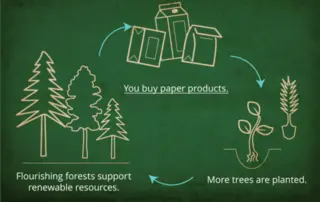
That's less than the amount of affected naturally by disease, insect damage and fire.
So if you’ve ever worried about paper and cardboard boxes destroying forests, remember that your boxes and books actually help sustain them. The U.S. has about 766 million acres of forests, and trees are cut and removed from only about 2% of them each year—less than the amount affected naturally by disease, insect damage and fire.
Sustainable forestry practices, meanwhile, help keep woodlands healthy and flourishing so that they can store carbon, slow climate change, and improve soil and water quality. At the same time, they provide a bounty of habitats for wildlife from wild turkeys and foxes to quail, tree frogs and rabbits.
What does that mean for you? Ultimately, trees—an infinitely renewable resource—are good for the planet and good for you. Which is why going papertarian is the smart choice.
Good for the Planet. And Good for You.

Papertarians know by buying products packaged in paper—from cosmetics to milk and fruit—they're supporting purpose-grown forests that nourish Earth's health.
A Promise to Paper
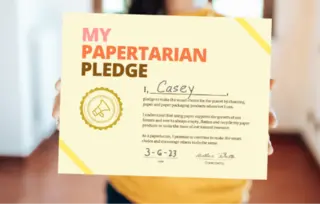
There's no better way to commit to paper than, well, on paper. So take the papertarian pledge, print it out, and remember the promise you made to yourself and the planet.

